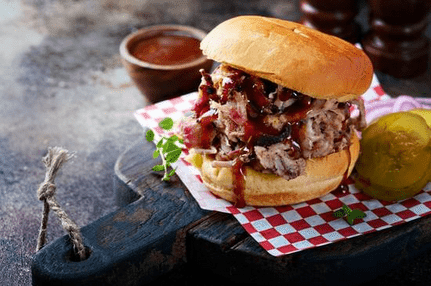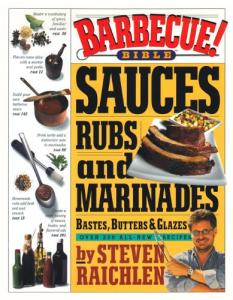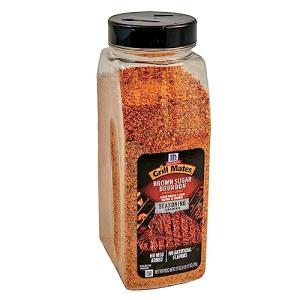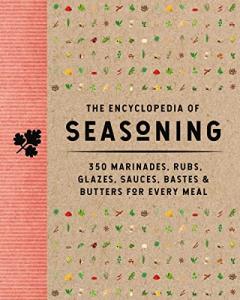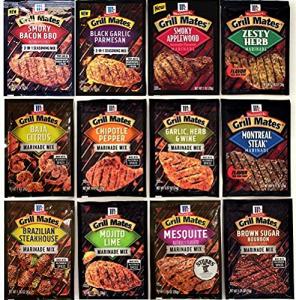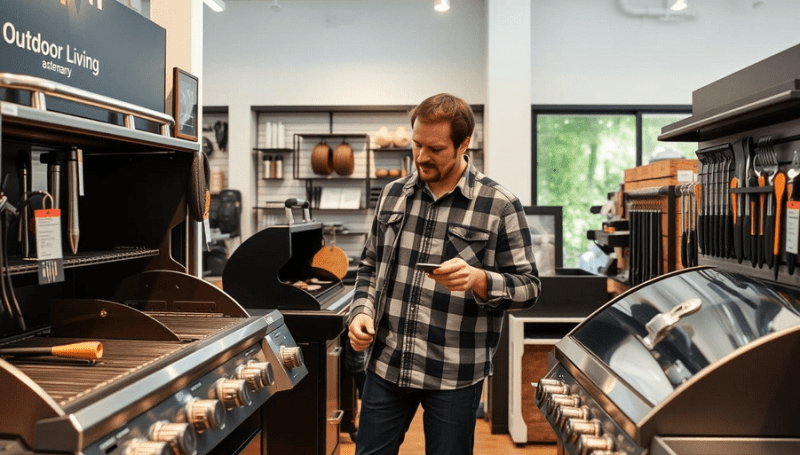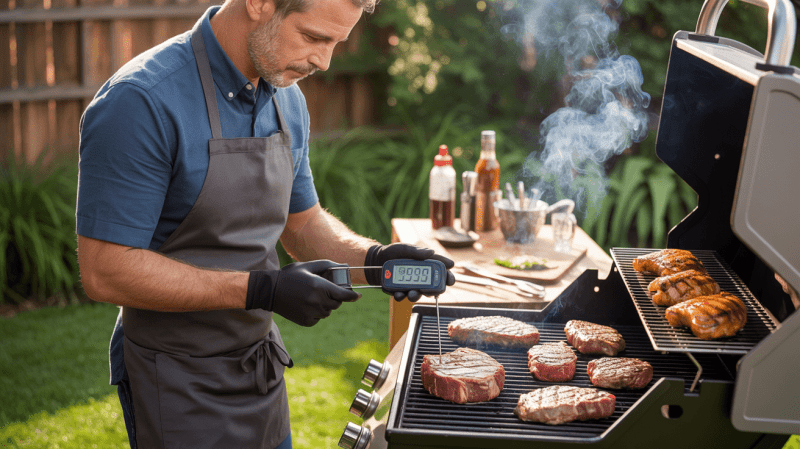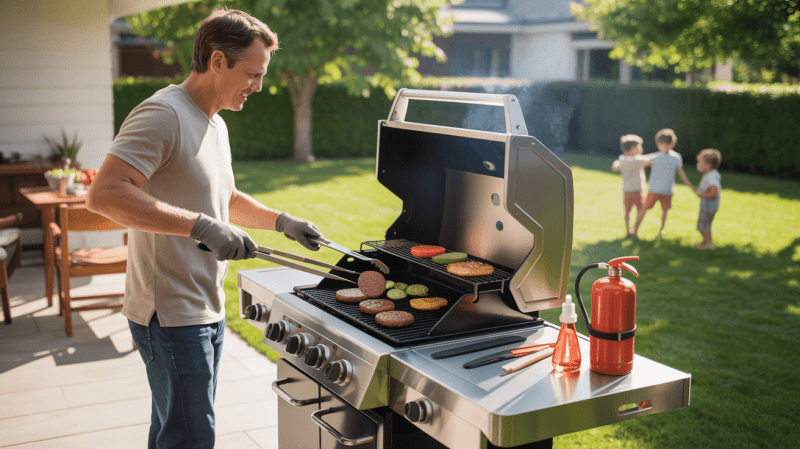Deliciously tender results with simple steps:

Cooking pulled pork to tender perfection is a culinary delight. Using a kettle grill is an excellent way to achieve this. The kettle grill's versatility allows for both direct and indirect heat cooking. This makes it ideal for barbecue enthusiasts.
I have found that the charcoal slow cook method brings out the rich flavors of the pork. It infuses it with a smoky taste that's hard to resist. By mastering the art of cooking on a kettle grill, you can create delicious pulled pork that's sure to impress.
Key Takeaways
- Learn how to use a kettle grill for barbecue and grilling
- Understand the benefits of charcoal slow cook for tender pulled pork
- Discover tips for achieving perfect pulled pork on a kettle grill
- Explore the versatility of kettle grills for various cooking techniques
- Master the art of slow cooking on a kettle grill for delicious results
Why a Kettle Grill Makes Amazing Pulled Pork

Using a kettle grill for pulled pork is a game-changer for barbecue enthusiasts. The kettle grill's design is ideal for slow-cooking tender pulled pork, combining charcoal flavor with precise temperature control.
The Unique Benefits of Charcoal Flavor
The charcoal flavor from a kettle grill adds a rich taste to pulled pork. Charcoal grilling imparts a smoky flavor that many love. This flavor comes from the charcoal's consistent, high heat, which sears the pork and locks in its juices.
Temperature Control Advantages
A kettle grill's ability to maintain a steady temperature is crucial for slow cooking. By adjusting the airflow, you can control the grill's temperature, ensuring your pulled pork cooks evenly and thoroughly.
- Charcoal flavor enhances the overall taste of pulled pork.
- Temperature control allows for precise, slow cooking.
- Kettle grills offer versatility in cooking techniques.
Essential Equipment for Kettle Grill Pulled Pork

To get perfect pulled pork on a kettle grill, you need the right gear. The quality of your pulled pork depends on your grill setup and temperature control.
Grill Setup Components
A good kettle grill is essential for great pulled pork. Key components include a charcoal basket for managing coals, a clean and well-maintained grill grate, and a tight-fitting lid to retain heat. I also recommend using a grill mat or aluminum foil to prevent sticking and make cleanup easier. Having your grill set up correctly makes cooking easier.
Temperature Monitoring Tools
It's important to monitor the temperature when slow-cooking pulled pork. A reliable meat thermometer is essential for checking the internal temperature of the pork. This ensures it's tender and falls apart easily. Additionally, use a grill thermometer to monitor the grill's temperature. These tools help you cook at the perfect low and slow pace that pulled pork is famous for.
Selecting the Perfect Pork Cut
Choosing the right pork cut is key to making perfect pulled pork on a kettle grill. The cut you pick can greatly affect the meat's tenderness and taste.
I suggest using a pork shoulder, like a Boston butt, for pulled pork. It's perfect because of its rich flavor and tender texture when slow-cooked.
Why Pork Shoulder is Ideal
Pork shoulder is a top choice for pulled pork due to its high fat content. This fat keeps the meat moist during long cooking times. It also adds flavor, making the pork tender and juicy.
Additionally, pork shoulder is more affordable than other cuts. This makes it ideal for big gatherings or events.
Bone-in vs. Boneless Considerations
When picking a pork shoulder, you can choose between bone-in and boneless. Bone-in pork shoulder is often more flavorful. The bone helps distribute heat and adds moisture to the meat.
Boneless pork shoulder is easier to shred and serve. The choice between bone-in and boneless depends on your personal preference.
| Characteristics | Bone-in | Boneless |
|---|---|---|
| Flavor | More flavorful | Less flavorful |
| Ease of Shredding | More challenging | Easier |
| Cost | Generally less expensive | Generally more expensive |
Preparing Your Pork for the Grill
The secret to great pulled pork is in the prep work. Let's explore how to get your pork ready for grilling. Proper pork preparation is key for tender and tasty results.
Trimming Techniques
Start by trimming your pork shoulder. Trimming removes extra fat to stop flare-ups and ensure even cooking. Keep a thin layer of fat to keep the meat juicy.
My Favorite Dry Rub Recipe
A great dry rub can boost your pulled pork's flavor. My mix includes brown sugar, smoked paprika, garlic powder, salt, and black pepper. Rub this dry rub all over the pork shoulder, covering every inch.
Marinating Options and Timing
Marinating adds more flavor. Marinate your pork shoulder in a blend of apple cider vinegar, Worcestershire sauce, and spices for 2 hours or overnight. This step is optional but makes a big difference in taste.
| Preparation Step | Description | Timing |
|---|---|---|
| Trimming | Remove excess fat | Before seasoning |
| Dry Rub | Apply spice mix | Before grilling |
| Marinating | Soak in flavor | 2 hours to overnight |
Pulled Pork on a Kettle Grill: Master the Charcoal Slow Cook
Learning to slow cook with charcoal on a kettle grill is a big step for pulled pork lovers. This method makes the meat tender and full of flavor. We'll show you how to get perfect pulled pork with this technique.
The Snake Method for Consistent Heat
The snake method maintains your kettle grill at a steady temperature. Arrange charcoal in a snake-like shape around the grill for a slow burn. Start by placing unlit charcoal around the edge of the grill, leaving small gaps.
Light the charcoal at one end. This lets the heat spread slowly along the snake.
Creating Indirect Heat Zones
It's important to have indirect heat zones for slow-cooked pulled pork. This means the heat isn't right under the meat. Place charcoal on one side of the grill and cook the pork on the other.
This setup gives a gentle, even heat. It cooks the pork perfectly.
| Heat Zone | Charcoal Placement | Pork Placement |
|---|---|---|
| Direct Heat | Charcoal directly under the meat | Not recommended for slow cooking |
| Indirect Heat | Charcoal on one side of the grill | Pork on the opposite side |
Wood Chunks for Enhanced Flavor
Wood chunks can make your pulled pork taste even better. Different woods give different flavors. Hickory is a classic choice, adding a strong smoky taste.
To use wood chunks, place them on top of the charcoal. This lets the smoke flavor the pork.
Some popular wood types for smoking include:
- Hickory
- Apple
- Cherry
- Mesquite
By using the charcoal slow cook method, the snake method, indirect heat zones, and wood chunks, you'll make delicious pulled pork on your kettle grill.
Managing Temperature and Smoke
To get perfect pulled pork on a kettle grill, you need to master temperature and smoke control. It's important to know how to manage temperature and smoke for tender and tasty results.
Ideal Temperature Range
Keeping the right temperature is key for slow-cooking pulled pork. The best range is between 225°F and 250°F. This helps the meat get tender and flavorful. Consistency is key; any big changes can mess up the cooking.
| Temperature Range | Cooking Effect |
|---|---|
| Below 225°F | Slow cooking, potential for dryness |
| 225°F - 250°F | Ideal range for tender pulled pork |
| Above 250°F | Risk of overcooking, tough texture |
Controlling Airflow for Perfect Smoke
Managing airflow is crucial for smoke control. By adjusting your grill's vents, you can control the smoke. A gentle stream of smoke is best for adding a deep barbecue flavor to the pork.
Experts say, "The right amount of smoke can make pulled pork taste amazing." It's all about finding the right balance through airflow management.
"Smoke is the soul of barbecue. Managing it is an art that requires patience and practice."
When and How to Add More Charcoal
Knowing when to add more charcoal is crucial for maintaining a steady temperature. I recommend using the snake method for arranging charcoal. This helps ensure a consistent burn. Adding charcoal every 4-6 hours keeps the cooking process smooth.
Mastering temperature control, managing airflow for perfect smoke, and knowing when to add charcoal will help you make delicious pulled pork on your kettle grill.
Troubleshooting Common Kettle Grill Issues
When I cook pulled pork on my kettle grill, I face a few problems. These can be fixed with some simple tips. Knowing about common issues and how to solve them is key to a great barbecue.
Dealing with Temperature Fluctuations
Temperature changes can affect the quality of your pulled pork. Ensure your kettle grill is properly set and use a reliable thermometer. Adjusting the airflow helps maintain a steady temperature.
Managing Flare-ups
Flare-ups are tough, mainly with fatty meats like pork shoulder. Keep your grill clean and avoid letting fat come into contact with the coals. If a flare-up happens, move the meat to a cooler spot to avoid burning.
Weather Considerations
Weather, such as wind or rain, can impact your grill's performance. Place your grill in a safe spot or use a windscreen. Monitor the temperature and adjust the vents to maintain a steady level.
Knowing how to tackle these common problems ensures a tasty and successful barbecue.
Monitoring Your Cook and Handling the Stall
Achieving tender and flavorful pulled pork is all about closely monitoring the cooking process. It's crucial to monitor the temperature and the internal temperature of the pork. This ensures it reaches the perfect doneness.
Using Meat Thermometers Effectively
A meat thermometer is a must-have for BBQ lovers. Stick the probe into the thickest part of the pork shoulder, avoiding fat or bone. This provides a precise internal temperature reading, essential for determining when it's done.
For the best results, use a digital thermometer with a leave-in probe. It allows you to check the temperature without constantly opening the grill lid.
The Stall: What It Is and How to Handle It
The "stall" is when the meat's internal temperature seems to stop rising, usually between 150°F and 170°F. It might worry you, but it's just part of the cooking process.
To get through the stall, maintain a steady grill temperature. Try wrapping the pork in foil to keep moisture in and cook evenly. Remember, patience is key for tender, fall-apart meat.
Spritzing Techniques for Moisture
Spritzing your pulled pork with a liquid can add moisture and flavor. A mix of apple cider vinegar and water is a popular choice. Spritz every hour or so, but avoid overdoing it to prevent steaming instead of achieving a tender, caramelized exterior.
Try different spritzing liquids, such as barbecue sauce or a spice and broth mix. They can add unique flavors to your pulled pork.
Finishing and Serving Your Pulled Pork
Now that your pulled pork is almost ready, it's time to make it truly special. We're getting close to finishing our slow-cooking on the kettle grill. Paying attention to the small details will make a big difference.
Temperature Targets and Doneness Tests
First, check if your pulled pork has reached the right temperature. Use a meat thermometer to aim for a temperature of 190°F to 195°F. This ensures the meat is tender and can be easily shredded.
You can also test if it's done by inserting a fork or probe. If it slides in easily and the meat falls apart, it's ready. If not, wait a bit longer and check again.
Resting for Maximum Juiciness
After your pulled pork is cooked, let it rest. Wrap it in foil and rest for at least 30 minutes to an hour. This lets the juices spread evenly, making every bite juicy and flavorful.
While resting, the meat will cook a bit more due to residual heat. This is key for that tender, fall-apart texture we all love.
Pulling Techniques
Once rested, it's time to shred the pork. I use two forks to gently pull it into small pieces. Be gentle to keep the meat tender and not dense.
Also, remove any extra fat or gristle during this step. This makes the meat cleaner and more enjoyable to eat.
Sauce Options and Applications
The final step is to add your favorite barbecue sauce. You can mix it into the pork or serve it on the side. This lets everyone add as much sauce as they want.
If mixing the sauce, do it gently to avoid shredding the meat. Start with a little sauce and taste as you go. Add more until you achieve the desired flavor.
Conclusion: Enjoying and Storing Your Kettle Grill Masterpiece
Cooking pulled pork on a kettle grill is a rewarding skill. With the right techniques, anyone can make tender, flavorful barbecue. You've learned how to pick the perfect pork, prepare it, and manage temperature and smoke.
Now, it's time to enjoy your hard work. When storing your pulled pork, allow it to cool to room temperature first. This step prevents bacterial growth, keeping the meat fresh for a longer period. Store it in an airtight container in the fridge for up to 3 days or freeze for later use.
Whether at a backyard barbecue or a weeknight meal, your pulled pork will impress. So, grab a bun and enjoy the delicious taste of your kettle grill masterpiece.
FAQ
Q: What is the best type of pork to use for pulled pork on a kettle grill?
A: A pork shoulder is the best choice for pulled pork. It's great for slow cooking and tastes amazing. You can choose between bone-in or boneless, based on your preference.
Q: How do I achieve the perfect temperature on my kettle grill for pulled pork?
A: To get the right temperature, use the snake method. This creates a steady heat. Monitor the temperature and adjust the airflow to maintain a range of 225°F to 250°F.
Q: What is the snake method, and how does it work?
A: The snake method is a way to arrange charcoal. It makes a loop around the grill for even burning. This method helps maintain a stable temperature, ensuring your pulled pork cooks perfectly.
Q: How often should I add more charcoal to my kettle grill while cooking pulled pork?
A: Add charcoal as needed to keep the temperature right. How often you need to add it depends on your grill size and cooking time.
Q: What is the stall, and how do I handle it during the cooking process?
A: The stall is when the meat's temperature seems to stop rising. To deal with it, I use spritzing to keep the meat moist. Then, I keep cooking until it reaches the right temperature.
Q: How do I know when my pulled pork is done, and what are the ideal temperature targets?
A: I check the pork's internal temperature with a meat thermometer. I aim for 190°F to 195°F. I also check if it's tender and easy to shred.
Q: What are some common issues that may occur while cooking pulled pork on a kettle grill, and how can I troubleshoot them?
A: Issues like temperature changes, flare-ups, and weather can happen. To address these issues, I adjust the airflow, manage the charcoal, and monitor the weather. This helps me cook successfully.
Q: Can I use wood chunks to enhance the flavor of my pulled pork, and if so, how?
A: Yes, wood chunks can add smoky flavor. Soak them in water first to avoid flare-ups. This way, you get a smooth, smoky taste.
Q: How should I store leftover pulled pork, and how long can it be kept?
A: Store leftover pulled pork in an airtight container in the fridge for 3 to 4 days. You can freeze it for longer storage. Reheat it when you want to enjoy it again.
DISCLAIMER
This document is provided for general information purposes only and should not be relied upon as providing legal advice, technical, or specific operational guidance to the reader, whether as to the practices described in the document or the applicable legal requirements and regulations. backyardgrillingpros.com expressly disclaims any responsibility for liability arising from or related to the use or misuse of any information in this document.
